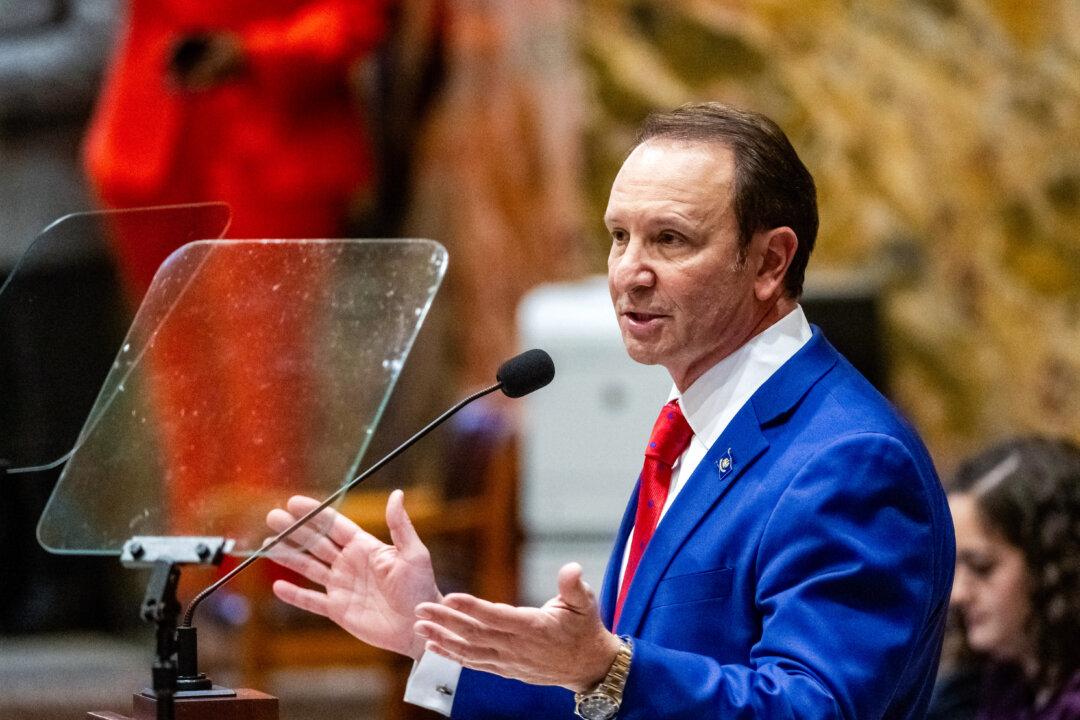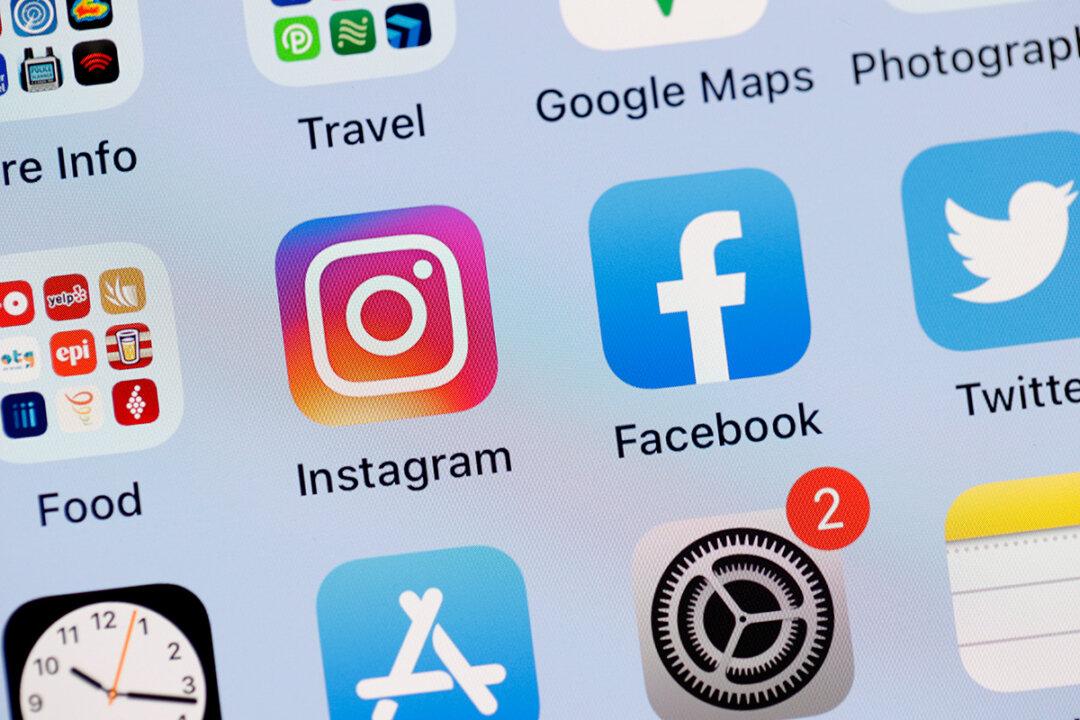President Joe Biden called for states on March 2 to prioritize getting teachers at least one shot of a COVID-19 vaccine by the end of the month, even as he acknowledged that schools can be reopened without educators and child care workers getting a vaccine.
“Let me be clear: We can reopen schools if the right steps are taken, even before employees are vaccinated. But time and again, we’ve heard from educators and parents that they have anxieties about that,” Biden said in remarks from the White House.





